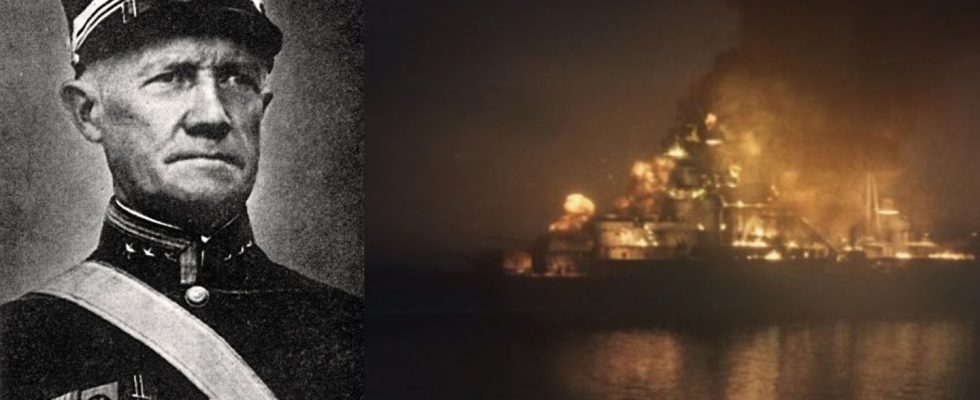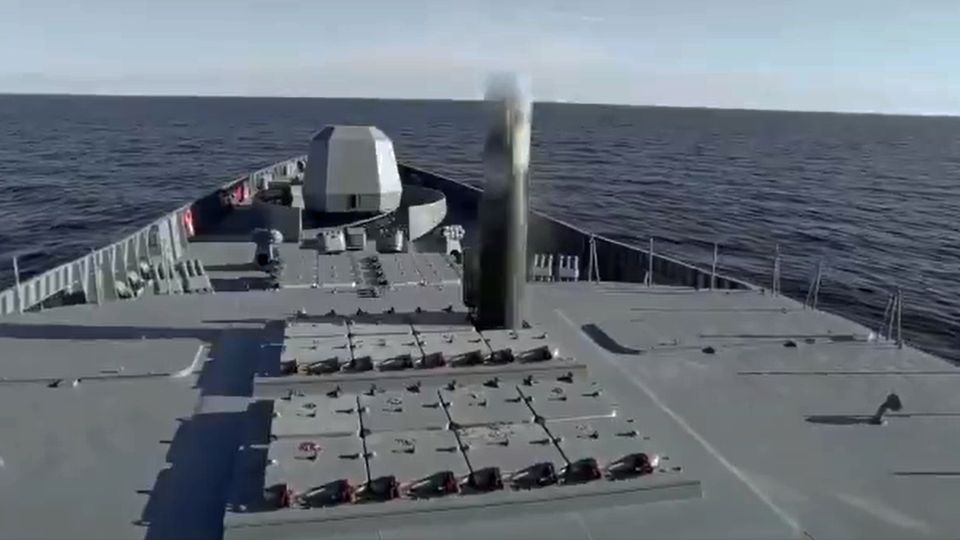Second World War
Heavy cruiser “Blücher” – how an old man sank Hitler’s most modern ship
Shortly before retirement, Colonel Birger Kristian Eriksen made a momentous decision.
© Commons
The “Blücher” was supposed to take Oslo in a surprise attack. The Nazis did not expect resistance. They overlooked Colonel Birger. He was about to retire and commanded a museum-worthy fortress in the Oslofjord.
The heavy cruiser “Blücher” was the most modern ship in the German Navy. It was put into service on September 20, 1939 and the test drives were not completed until March 30, 1940. But already on April 9 the heavy cruiser sank, shot down like a duck without firing a shot from the 20 cm guns of her main turrets.
Invasion of Norway in World War II
The “Blücher” led a convoy of German ships. As part of the “Weserübung” operation, the fleet was to take the capital of Norway, which had been neutral until then, in a surprise attack. But they hadn’t counted on an old officer. Colonel Birger Kristian Eriksen, 65, commanded Oscarsborg Fortress on the island of Håøya in the Oslofjord. It was built in 1836 and was actually hopelessly outdated. Her 11-inch guns were 47 years old at the time, and her torpedo batteries similarly antiquated. The cannons bore the biblical names Moses, Aron and Josva.
7 images
Neither the Germans nor the Norwegian government expected the fortress. Eriksen had no connection to High Command; when news reached him that unknown warships were sailing up the Oslofjord. The German invasion fleet had been spotted by a guard boat before entering the fjord.
Recruits and Ancient Cannons in Oslo
The old fort did not actually have a strong garrison. Recruits were trained here, most of Eriksen’s soldiers had been drafted a week ago. These young men manned two of the mighty guns – Aaron and Moses. Eriksens stuck with the big 28 cm guns. He knew that the old guns of 1893 could hardly fire more than one shot. They had an open structure, which was outdated even before the First World War.
Then a searchlight caught the heavy cruiser at 4:20 am. Without orders from above, without knowledge of the political situation and without knowing who was approaching, Eriksen decided to defend the capital. “Either I’ll be court-martialed or I’ll be a war hero, fire!” Two shots from his cannon hit the “Blücher” at a distance of about 1200 meters. The ship caught fire and drifted closer to the old fortress in the fjord, which was only 500 meters wide. Directly in range of the torpedo batteries. Two 40-year-old torpedoes then hit the “Blücher”.
death in ice water
The burning ship sank within two hours. In addition to the 1,400 crew members, there were 800 soldiers on board, including Gestapo officials and railway specialists for the planned occupation of Oslo. Almost 1,000 men died, many with heart failure from the icy waters of the fjord. The machine corporal Alexander Dietzsch survived the sinking. “We crawled over corpses on deck – such a sight you never forget.” He then slid down the side of the capsized ship. “The ice-cold water hit me like a punch.”
mistake in planning
Eriksen hoisted the white flag in the evening after a long bombardment by the Luftwaffe. He had fulfilled his task and held up the German association crucial hours. How did the disaster come about? Apparently the Germans hadn’t counted on resistance from the museum fortress, because it was obvious that they couldn’t get past it. Commandos should have switched off the batteries beforehand.
Apparently the German leadership had gone to their heads with their successes. Denmark immediately surrendered when the German Luftwaffe demonstrated their superiority over Copenhagen. During the occupation of Denmark, 17 Danish and 20 German soldiers died. But Norway was different. The fortress’ resistance allowed the king to evacuate the government and treasury from Oslo. With the help of British troops, the Norwegians tenaciously defended their homeland. And even after the end of the fighting, the resistance movement continued to harass the Germans. Colonel Eriksen retired from service in November 1940 as planned due to old age.





